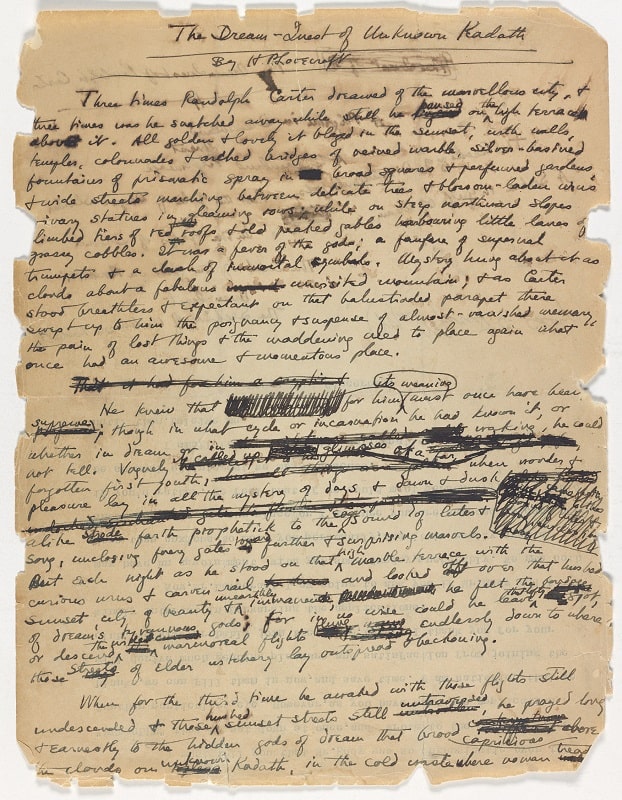THE ONCE AND FUTURE KING, PT2 by T.H. WHITE
“Thomas, my idea of those knights was a sort of candle, like these ones here. I have carried it for many years with a hand to shield it from the wind. It has flickered often. I am giving you the candle now — you won’t let it out?”
“It will burn.”
King Arthur to Tom of Warwick, p. 647 The Once and Future King
Read the first part of this review, Might For Right: The Once And Future King, Part 1 By T.H. White.
The first two volumes, The Sword in the Stone (1938) and The Queen of Air and Darkness (1939), of T.H. White’s The Once and Future King focus on the rise of Arthur Pendragon and the foundation of his kingdom, where right, not might, is the rule. The following two volumes, The Ill-Made Knight (1940) and The Candle in the Wind (1958), tell the story of Lancelot and Guenever’s affair and subsequent rot and collapse of the Round Table and Arthur’s kingdom. At the end of The Queen of Air and Darkness, White reminds the reader that in the tales of King Arthur, sin comes home to roost and that sometimes, even innocence isn’t enough to prevent ruination. In these two books, however, no one is innocent.
Lancelot made his first appearance in The Queen of Air and Darkness when his father lent his aid to Arthur for the Battle of Bedegraine. It was then as a young boy that he had decided he would dedicate himself to Arthur’s vision of a better world.
Ill-Made Knight is the name Lancelot takes for himself. He is no Franco Nero or even a Robert Taylor (both played Lancelot in the movies), but instead a misshapen, ugly man.








